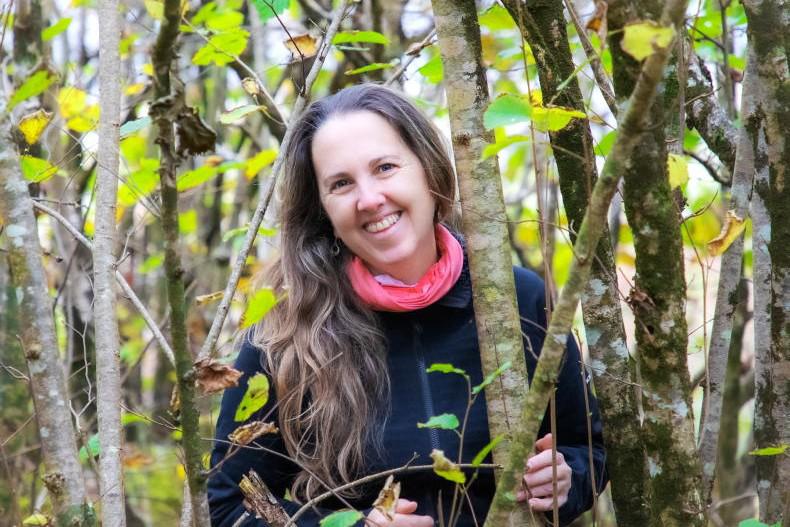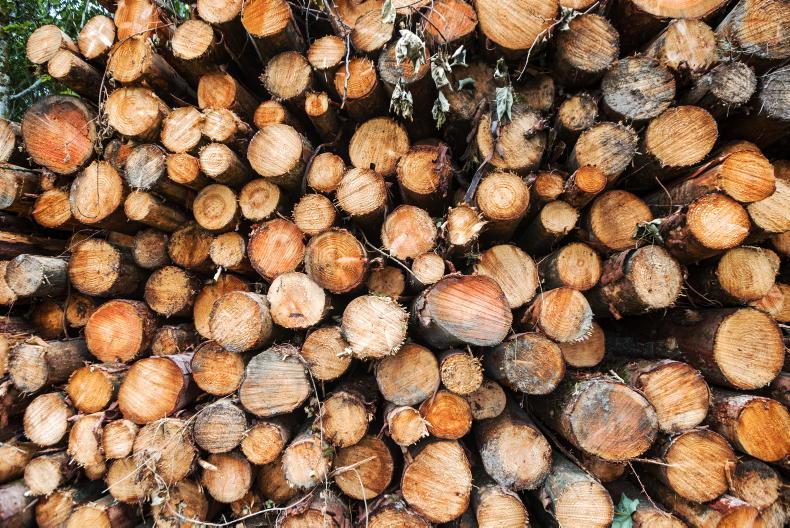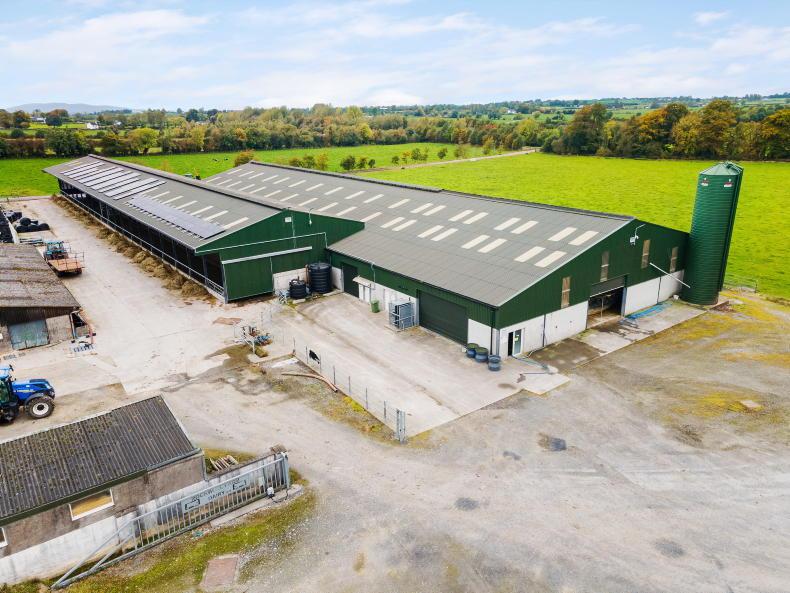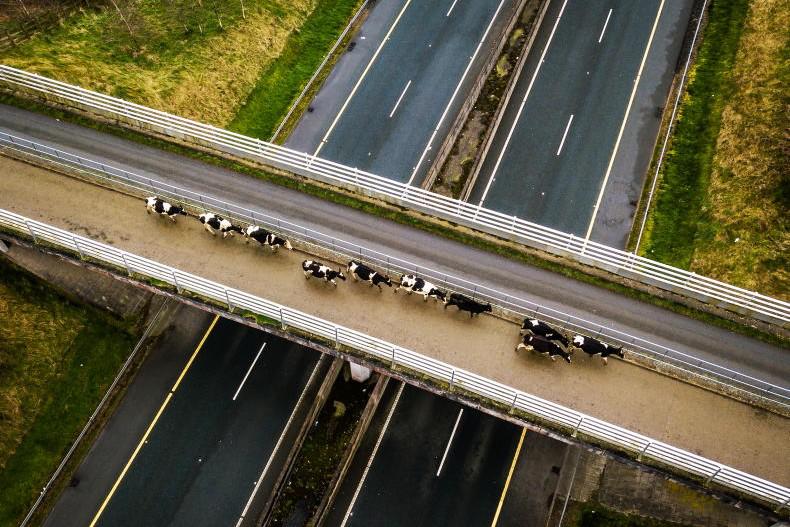Since forestry was singled out in the Climate Action Plan as an essential land use to achieve carbon neutrality by 2050, the Government had no choice but to produce an ambitious Forestry Programme (2023-2027) to reverse Ireland’s ailing annual afforestation.
The response has been impressive. Not since 1996 has a forestry programme received as much attention from Government as illustrated last week when the Taoiseach Micheál Martin joined Ministers Charlie McConalogue and Pippa Hackett to announce a proposed investment of €1.3bn in Irish forestry.
This level of funding up to 2030 is unprecedented in Irish forestry. Depending on the scheme or forest type (FT) a farmer who plants 20ha would receive up to €441,200 in tax-free payments over 20 years compared with a maximum of €199,500 under the old scheme.
This staggering increase results from an extension of the premium period and increases of up to 66% in annual premium payment.
The programme, mindful of the recent departure of farmers from afforestation, has restored the premium period to 20 years, while the 15-year period remains for private non-farmer investors.
The result is a programme that is not only ambitious in funding but is also imaginative in supporting a diverse range of FT options, including native and commercial afforestation, as well as exploring the potential of continuous cover forestry (CCF), forestry in water catchments and agroforestry (Table 1). Other supports are for “emergent forests” and seed orchards to develop viable homegrown species provenances.
Criticism that the programme is loaded in favour of native species has some justification but there is sufficient here to support a well-balanced forestry programme.
In this regard, the programme has to be sold realistically to farmers in terms of future income when premiums lapse, especially for long-rotation broadleaf planting.
Commercial
It was inevitable that Minister Hackett would favour native broadleaf planting, but the rates for commercial forestry including Sitka spruce and minor conifer species such as Douglas fir, Scots pine and Norway spruce are also attractive.
In any case, the sector has to diverse its range of species if nothing else but to minimise the risk of future insect and disease damage.
The scheme still allows for the achievement of significant planting programmes of commercial forestry, which have major benefits in carbon sequestration in the forest and carbon storage, especially in construction where wood displaces fossil-based materials.
In addition, farmers who opt for Sitka spruce and other conifers have major income advantages including revenue from two thinnings averaging €600/ha from 15 to 20 years when they are still receiving premium payments.
For many farmers, commercial forestry is the enabler to justify planting a sizeable portion of their plantations with broadleaf – native and introduced – species.
The annual premiums for the agroforestry scheme increase to €975/ha, while the payment period is extended from five to 10 years
Further details on the programme will emerge over the coming days, especially in relation to a number of FTs including Forests for Water, NeighbourWoods and an innovative new CCF scheme which carries an annual premium of €912 over 20 years.
The annual premiums for the agroforestry scheme increase to €975/ha, while the payment period is extended from five to 10 years.
If there is a criticism of the programme, it has been voiced by forestry companies and contractors.
There is justification in their argument that a 20% increase in grant levels is too low, especially against the background of recent inflation. This needs to be addressed especially to provide careers in the sector and to entice contractors back into forestry.
The onus now is on the Department and stakeholders to promote the programme at local and national level, especially among the farming community.
This imaginative programme deserves support not just from stakeholders involved in its implementation but also the wider community that will benefit from a viable forestry and forest products sector.
Premium differentials between farmers and non-farmers
The premium differential between farmers and non-farmers has been a thorny issue since it was removed in 2014.
The new programme proposes to resolve this issue by restoring the premium period for farmers to 20 years. This was reduced to 15 years in 2014. The 15-year period remains for private investors but the differential in premium payments remains the same for both farmers and non-farmers.
Increasing the premium period to 20 years is a major benefit for farmers, which the IFA and Western Forestry Co-operative welcome. However, they maintain that annual premiums should be less for non-farmers as the current levels will encourage major private investment to the detriment of farm forestry.
There is little doubt that the retention of similar attractive rates for both farmers and non-farmers will encourage private investors and could lead to increased land prices but this shouldn’t result in low farmer afforestation.
The only period in Irish forestry when farmers, private investors and Coillte competed for afforestation was from 1989 to 1996 when record planting levels were achieved all round including by farmers.
When Coillte dropped its afforestation programme in the mid-1990s after an EC ruling that precluded the company from funding, the increased farmer planting failed to materialise even during a period when non-farmer supports were much lower. The new increase in premium rates and payment period still places the farmer in the driving seat in being the major player by far in the new programme.
For example, a non-farmer investor who purchases 12ha of good marginal forestry land for €220,000 (average €18,600/ha) and plants a mix of 30% native with the balance in mixed high forest and Sitka spruce, receives an average of €9,300/ha or €136,500 over 15 years.
A farmer who plants 12ha with this species mix would receive an extra €46,500 without incurring the additional cost of purchasing the land. In reality, the farmer is €266,500 ahead of the investor in this scenario.
In this case, the farmer’s total premium payments are €216,000 compared with €102,000 in the previous scheme.
Potential value
That non-farmers wish to invest in forestry illustrates the potential value of forestry for farmers who opt to plant some of their own holdings rather than selling.
Forestry now has to be sold to farmers on this premise, because without proactive farmer involvement, the major social and economic benefits of the new programme will be lost, especially in rural Ireland.
The challenge is to make it easier for farmers to buy into the new programme and this requires a licensing system that encourages rather than discourages planting.
Since forestry was singled out in the Climate Action Plan as an essential land use to achieve carbon neutrality by 2050, the Government had no choice but to produce an ambitious Forestry Programme (2023-2027) to reverse Ireland’s ailing annual afforestation.
The response has been impressive. Not since 1996 has a forestry programme received as much attention from Government as illustrated last week when the Taoiseach Micheál Martin joined Ministers Charlie McConalogue and Pippa Hackett to announce a proposed investment of €1.3bn in Irish forestry.
This level of funding up to 2030 is unprecedented in Irish forestry. Depending on the scheme or forest type (FT) a farmer who plants 20ha would receive up to €441,200 in tax-free payments over 20 years compared with a maximum of €199,500 under the old scheme.
This staggering increase results from an extension of the premium period and increases of up to 66% in annual premium payment.
The programme, mindful of the recent departure of farmers from afforestation, has restored the premium period to 20 years, while the 15-year period remains for private non-farmer investors.
The result is a programme that is not only ambitious in funding but is also imaginative in supporting a diverse range of FT options, including native and commercial afforestation, as well as exploring the potential of continuous cover forestry (CCF), forestry in water catchments and agroforestry (Table 1). Other supports are for “emergent forests” and seed orchards to develop viable homegrown species provenances.
Criticism that the programme is loaded in favour of native species has some justification but there is sufficient here to support a well-balanced forestry programme.
In this regard, the programme has to be sold realistically to farmers in terms of future income when premiums lapse, especially for long-rotation broadleaf planting.
Commercial
It was inevitable that Minister Hackett would favour native broadleaf planting, but the rates for commercial forestry including Sitka spruce and minor conifer species such as Douglas fir, Scots pine and Norway spruce are also attractive.
In any case, the sector has to diverse its range of species if nothing else but to minimise the risk of future insect and disease damage.
The scheme still allows for the achievement of significant planting programmes of commercial forestry, which have major benefits in carbon sequestration in the forest and carbon storage, especially in construction where wood displaces fossil-based materials.
In addition, farmers who opt for Sitka spruce and other conifers have major income advantages including revenue from two thinnings averaging €600/ha from 15 to 20 years when they are still receiving premium payments.
For many farmers, commercial forestry is the enabler to justify planting a sizeable portion of their plantations with broadleaf – native and introduced – species.
The annual premiums for the agroforestry scheme increase to €975/ha, while the payment period is extended from five to 10 years
Further details on the programme will emerge over the coming days, especially in relation to a number of FTs including Forests for Water, NeighbourWoods and an innovative new CCF scheme which carries an annual premium of €912 over 20 years.
The annual premiums for the agroforestry scheme increase to €975/ha, while the payment period is extended from five to 10 years.
If there is a criticism of the programme, it has been voiced by forestry companies and contractors.
There is justification in their argument that a 20% increase in grant levels is too low, especially against the background of recent inflation. This needs to be addressed especially to provide careers in the sector and to entice contractors back into forestry.
The onus now is on the Department and stakeholders to promote the programme at local and national level, especially among the farming community.
This imaginative programme deserves support not just from stakeholders involved in its implementation but also the wider community that will benefit from a viable forestry and forest products sector.
Premium differentials between farmers and non-farmers
The premium differential between farmers and non-farmers has been a thorny issue since it was removed in 2014.
The new programme proposes to resolve this issue by restoring the premium period for farmers to 20 years. This was reduced to 15 years in 2014. The 15-year period remains for private investors but the differential in premium payments remains the same for both farmers and non-farmers.
Increasing the premium period to 20 years is a major benefit for farmers, which the IFA and Western Forestry Co-operative welcome. However, they maintain that annual premiums should be less for non-farmers as the current levels will encourage major private investment to the detriment of farm forestry.
There is little doubt that the retention of similar attractive rates for both farmers and non-farmers will encourage private investors and could lead to increased land prices but this shouldn’t result in low farmer afforestation.
The only period in Irish forestry when farmers, private investors and Coillte competed for afforestation was from 1989 to 1996 when record planting levels were achieved all round including by farmers.
When Coillte dropped its afforestation programme in the mid-1990s after an EC ruling that precluded the company from funding, the increased farmer planting failed to materialise even during a period when non-farmer supports were much lower. The new increase in premium rates and payment period still places the farmer in the driving seat in being the major player by far in the new programme.
For example, a non-farmer investor who purchases 12ha of good marginal forestry land for €220,000 (average €18,600/ha) and plants a mix of 30% native with the balance in mixed high forest and Sitka spruce, receives an average of €9,300/ha or €136,500 over 15 years.
A farmer who plants 12ha with this species mix would receive an extra €46,500 without incurring the additional cost of purchasing the land. In reality, the farmer is €266,500 ahead of the investor in this scenario.
In this case, the farmer’s total premium payments are €216,000 compared with €102,000 in the previous scheme.
Potential value
That non-farmers wish to invest in forestry illustrates the potential value of forestry for farmers who opt to plant some of their own holdings rather than selling.
Forestry now has to be sold to farmers on this premise, because without proactive farmer involvement, the major social and economic benefits of the new programme will be lost, especially in rural Ireland.
The challenge is to make it easier for farmers to buy into the new programme and this requires a licensing system that encourages rather than discourages planting.










SHARING OPTIONS